Exploring The Delicate Strength Of Interfaith Friendships
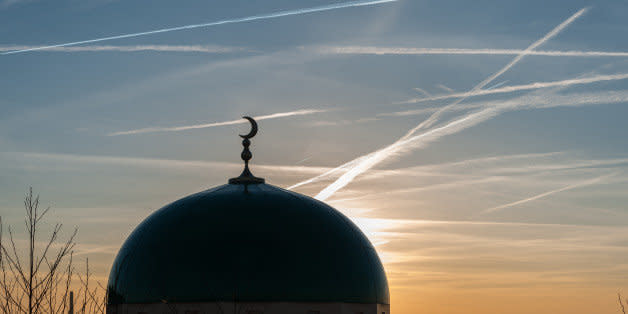
Below is an excerpt used with permission from author Carla Power’s If the Oceans Were Ink, which explores her friendship with Sheikh Mohammad Akram Nadwi. The two embark on a yearlong journey exploring the Quran, while simultaneously challenging stereotypes and coming into deeper awareness of their own identities.
Not long after his lecture on Yusuf, Akram and I met in the Ashmolean Museum in Oxford for a lesson. We strode past the Greeks and Romans and skirted the Renaissance, heading straight for the Islamic collection. We passed two balding men straining to see a blue-and-white Iznik tile. A lithe young woman in jeans, earbuds firmly in her ears, gazed at the cypress on a frieze from Damascus. As we walked, something caught my eye. “Come,” I said to the Sheikh. “You’ve got to see this!”
On a wall hung a set of Persian tiles decorated to illustrate “Yusuf and Zuleikha,” a poem by the Sufi poet Jami that was based on the Quran’s story of Yusuf. In lapis and turquoise, with touches of pink to set off the cool blues, some eighteenth-century Iranian artist had painted the women of Memphis, lounging on rugs and looking, amazed, at handsome Yusuf. I was ridiculously pleased to stumble upon this so soon after the Yusuf lecture, and to see it with the Sheikh. The tile hung a short walk from where he worked—what were the chances? To find an image based on the sura of Yusuf in the Ashmolean, that venerable British institution, seemed like some sort of cosmic nod. We stood there for a minute, and it felt urgent that he acknowledge it. For a secularist like me, the coincidence reinforced Akram’s lesson on the circle and the line. What prayer gave him, art gave me. Each reassured that no matter what space you find yourself in, even in this fractured world, there was a unity. The sign that you weren’t alone, the means of making a connection. I’d grown up trying to bridge my life in St. Louis with my worlds in Kabul or Cairo or Delhi. To make the world seem whole, I’d read Rudyard Kipling in Clayton, Missouri, and tales of Midwestern prairie girls on the road to Kandahar.
Besides, the tiles were gorgeous. Look at Yusuf, I exclaimed, with that halo-disk illuminating his head! How the artist had managed to make him look stoic, but also shocked, with one eyebrow slightly raised? The bowls of fruit, the lounging women?
Love HuffPost? Become a founding member of HuffPost Plus today.
Akram glanced at the tiles for a second. He nodded politely. He knew the poem they were based on, he said. And that was that. He turned away and made for a nearby bench, sitting down to begin the lesson.
At first I wondered whether I’d upset him. I knew that like many Muslims, he preferred to avoid figurative art. Just now, getting lost looking for the Islamic art, we’d strode past a Michelangelo sketch and a row of Greek busts without slowing our steps; they might have been McDonald’s ads for all the attention he gave them. He was simply indifferent: unmoved by the art around him but willing to sit on a bench in the middle of it.
Later, when I asked him whether I’d offended him, he’d assured me I hadn’t. It was simply that Muslims didn’t hold with images of prophets, he explained. “To depict them limits them,” he explained. “Out of respect for the prophets, we don’t like to limit them.”
That upended my pat ideas of art’s power. For Akram, pictures stunted the imagination rather than stretched it. I felt deflated. Outflanked, somehow. Looking back on it, I wonder whether I’d been hoping, that day at the Ashmolean, for some sort of conversion from the Sheikh. Not a religious conversion, obviously. But I know I hoped he’d see the tile, or perhaps a Titian, and see, for a minute or two, its beauty. There was, I suspect, an element of Show and Tell in me, some need for approval, or if not that, for connection. The year had included endless amounts of hospitality and kindness from him, and boundless generosity with his time and expertise. But I suspect I wanted some mutual curiosity from him. Just for a second, I wanted him to take a step toward my worldview, as I’d done toward his. It wasn’t that I wanted him to change his outlook, just to acknowledge the beauty of mine.
In truth, he had already endorsed many of my values simply by showing up at the Ashmolean. By the standards of Uttar Pradeshi Muslim purdah, just agreeing to my solo lessons was a major cultural leap. Born in a house hold where brothers and sisters didn’t talk to one another, he was now meeting a woman—a nonbeliever, no less—in an art museum. Was our conversation not my precious pluralism in action? With exquisite manners, the Sheikh said as much when I asked him whether there were elements of Western culture that might shock his younger self. “For example, I’m sitting here with you now,” he said. “If someone sees in Nadwah that I am sitting with you, they cannot imagine it! An alim with a woman!”
In the most polite way, he was saying: “I’m here, aren’t I?” We were talking. About death. And sex. And marriage. Nature. What it means to be human. That we didn’t always agree, or that he didn’t fall into raptures over Western civilization on our way to the Islamic gallery—what of it? Surely he had offered me much more than a few shared seconds in front of a pretty bit of art.
When the novelist Salman Rushdie was living under a death threat issued by the Ayatollah Khomeini for alleged blasphemy against Islam, Rushdie wrote of literature as a sacred space, remaining “the one place in any society where . . . we can hear voices talking about everything in every possible way.” There were no voices in the Quran, just a single, omnipresent one. Nor, despite passages of exquisite power and beauty, was the Quran literature. But for the Sheikh, the Quran was as infinite as a novelist deems literature to be. For me, reading the Quran with Akram allowed us to talk, if not about “everything in every possible way,” then at least about far more than I ever thought possible. At the start of these lessons, I’d known of the dazzling possibilities of Islamic culture to embrace points of view like my own. But I’d expected to find them among Muslim progressives, not with a conservative madrasa scholar.
The lesson that followed, as we sat on the wooden museum bench surrounded by fragments of Muslim cultures, reminded me how tricky these boundary crossings could be. We were talking of the widespread practice in many Muslim societies of marrying girls young. Predictably, I’d railed against it. What about education? Personal choice? Hopes for a career? The usual, in short.
The Sheikh listened—and then suggested I take a look at Western civilization. One had to look back only three hundred years or so in Europe’s history, back before the Industrial Revolution, to find early marriages. No public schools, or truant authorities, or Rights of the Child manifesto, or underage statutes. My outrage may have burned, but it cooled slightly after Akram reminded me that Western absolutes were made, not born. What I take as Truth is built on a history of revolutions— political, industrial, and personal. A girl’s right to school and a childhood weren’t fixtures of the landscape, like a boulder or an ocean. They had to be fought for, and then created. It was bracing, this reminder of my own culture as a living tradition, built by framing and reframing the norms of what justice means.
“When we grow up in a certain culture, a certain context, the mind is so fixed that we cannot think in any other,” the Sheikh observed, picking up his coat. “It is very hard to see the whole situation.”
Having gently pointed out the girders holding up Western morality, he left for evening prayers.
I sat for a moment on the bench in that museum, surrounded by all manner of Islamic objects. A twelfth-century turquoise bowl from Central Asia. An Iznik tile painted in russet and lapis. An Egyptian mosque lamp. When Akram left, I felt oddly bereft. He’d gone to his mosque, and I was left, like my father before me, to admire the beauty of Islamic cultures without enjoying the full expanse of belief. Only nearing the end of our lessons did I recognize the irony of the year’s project. Studying the Sheikh’s faith had allowed me to practice mine. Our lessons were rites paying tribute to my belief that to be fully human is to try to understand others. Had he been entirely convinced of my worldview, or me of his, we would have risked destroying the fragile ecosystem of our friendship, made richer and stranger by our differences. For if understanding difference is among my own key values, it is also a Quranic one. Only through diversity, says the Quran, can you truly learn the shape and heft of your own humanity:
O humankind, We created you from a male and a female, and We made you races and tribes for you to get to know each other. (49:13)
And also to know ourselves. Without a year trying to see the world from Akram’s vantage, I wouldn’t be able to make out the contours of my own.
Jan 1 - Solemnity of Mary, Mother of God (Catholic)
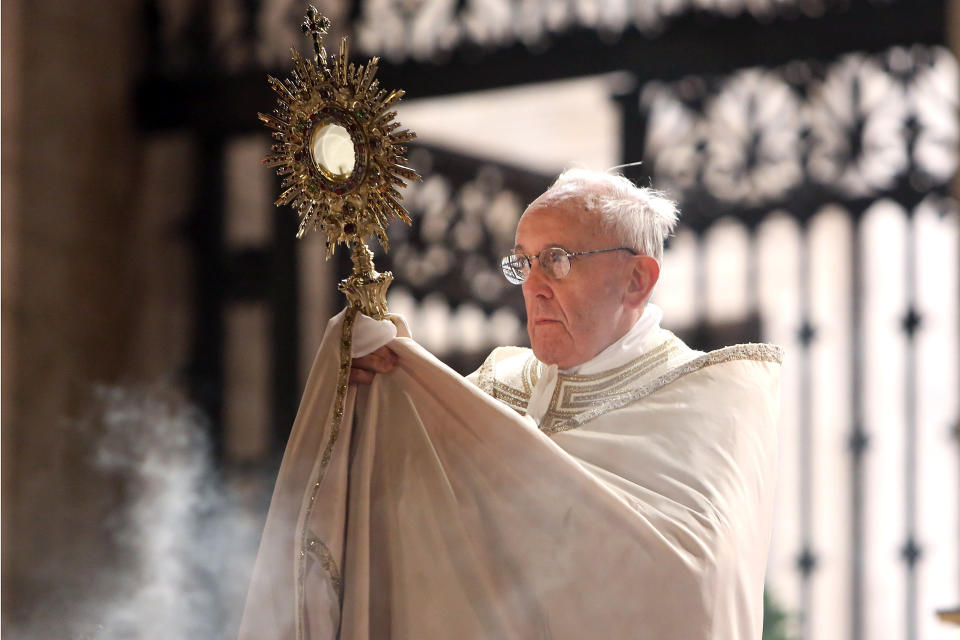
Jan 1 - Gantan-Sai (Shinto)
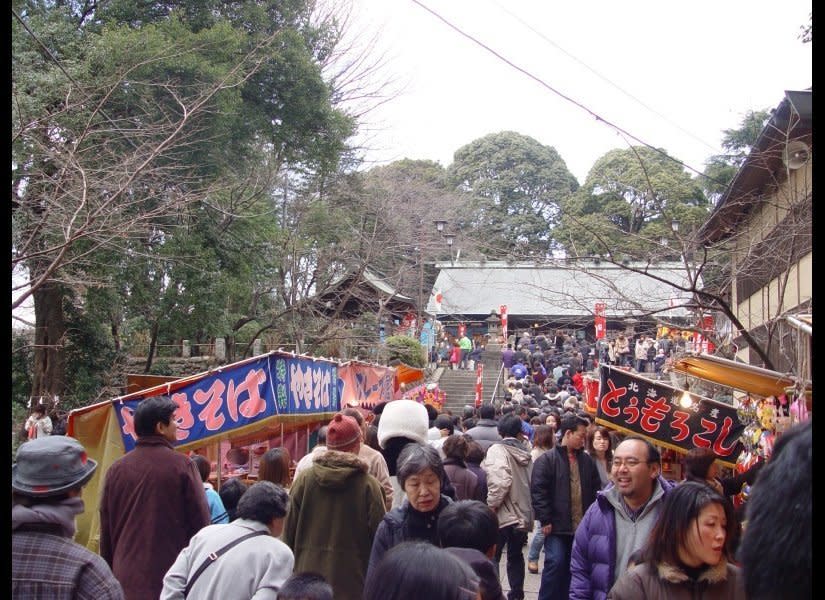
Jan 5 - Guru Gobind Singh Jayanti (Sikh)
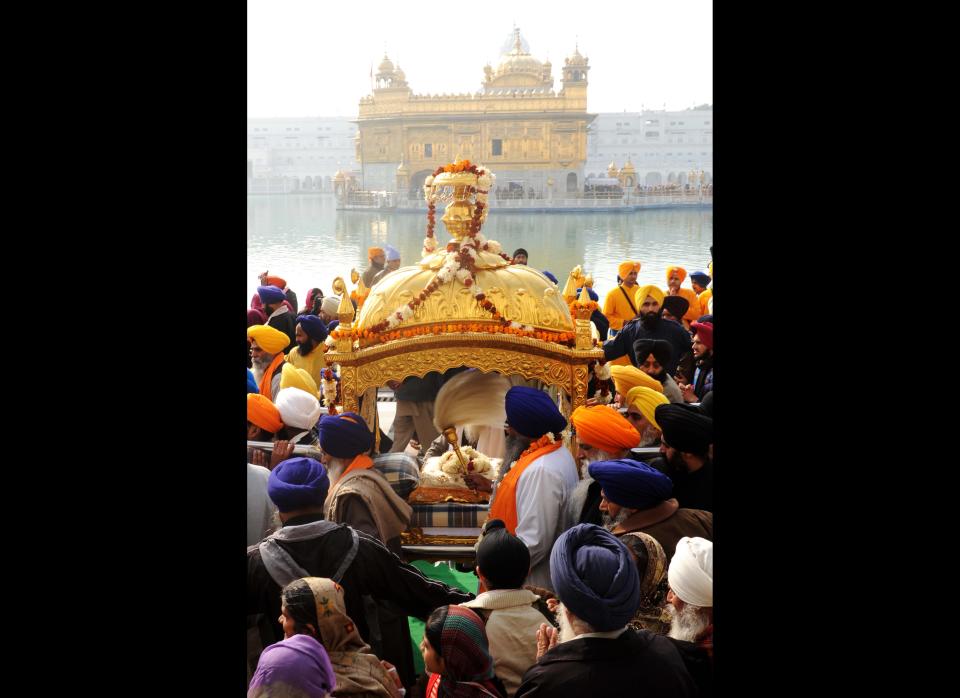
Jan 6 - Epiphany (Western Christianity)
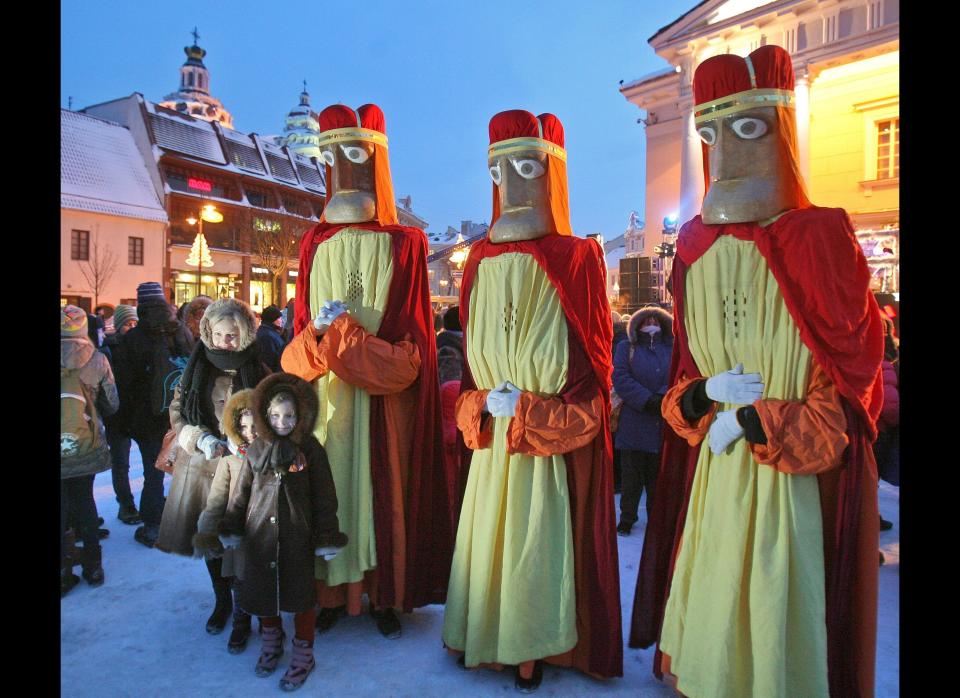
Jan 6 - Nativity of Jesus (Armenian Orthodox Christianity)
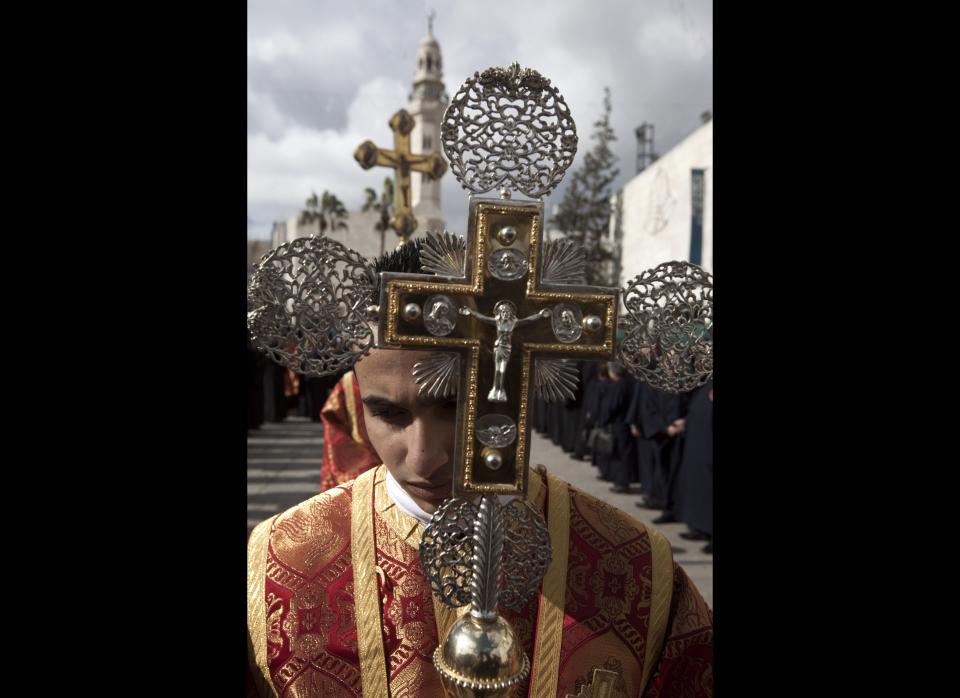
Jan 7 - Christmas Day (Orthodox Christian)
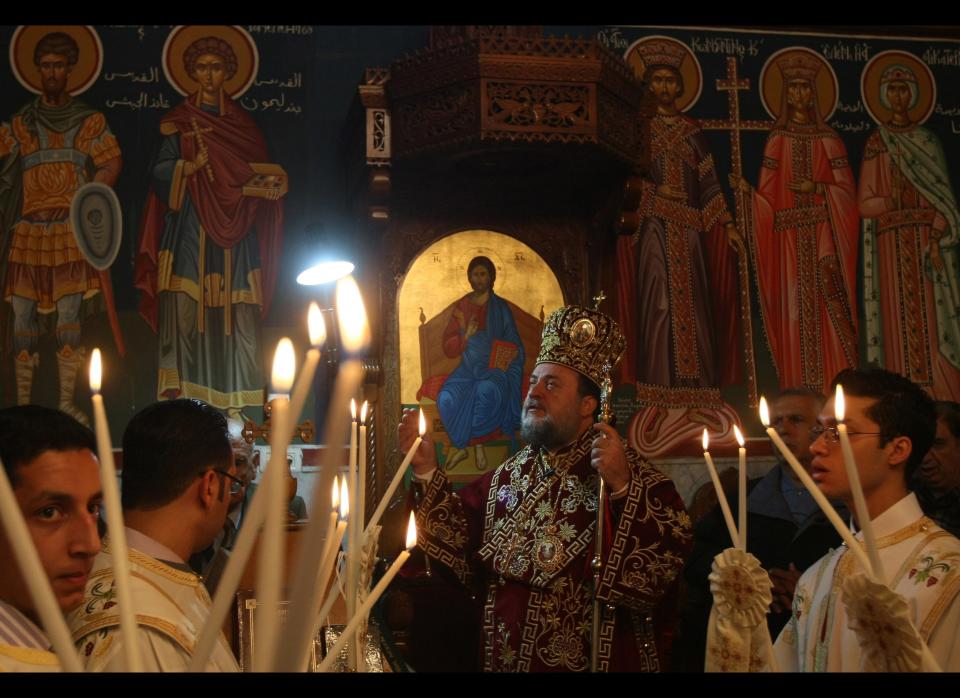
Jan 13 - Lohri (Sikh)
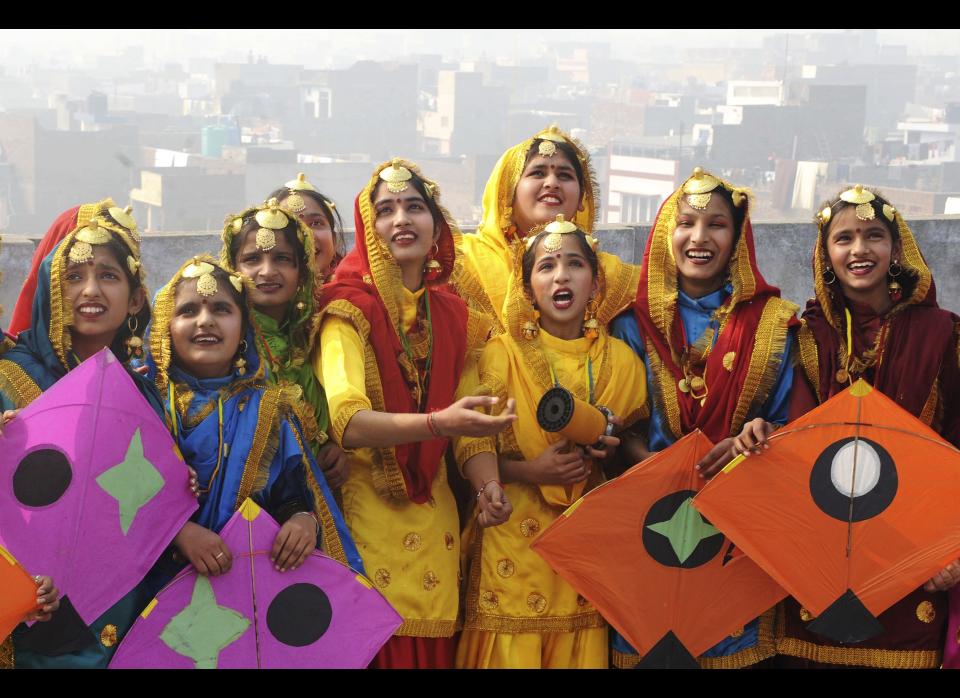
Jan 14 - Makar Sankranti (Hindu)
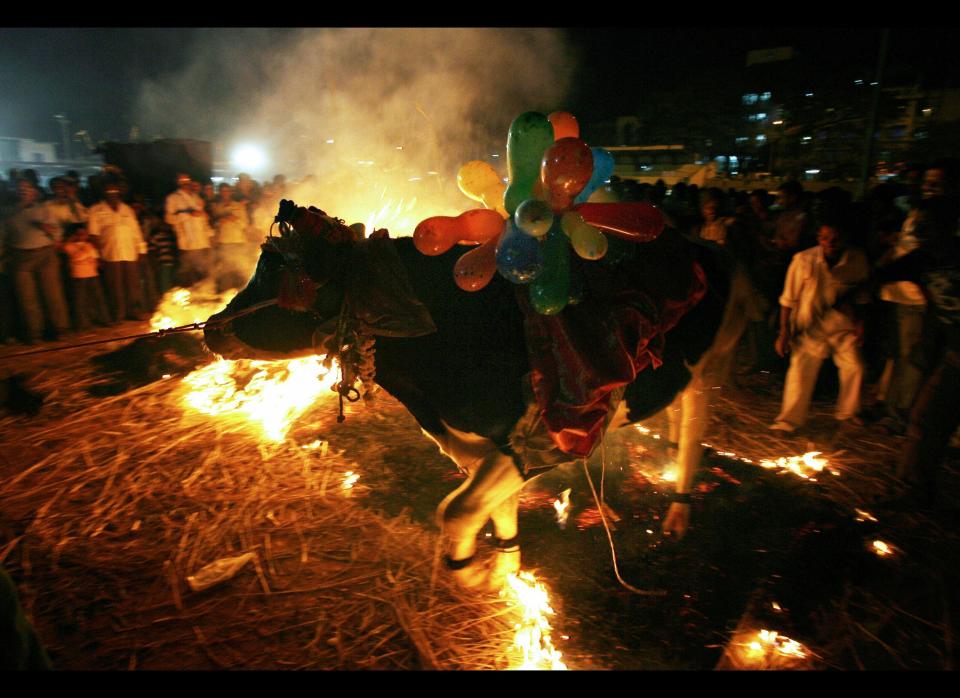
Jan 17 - World Religion Day (Bahai)
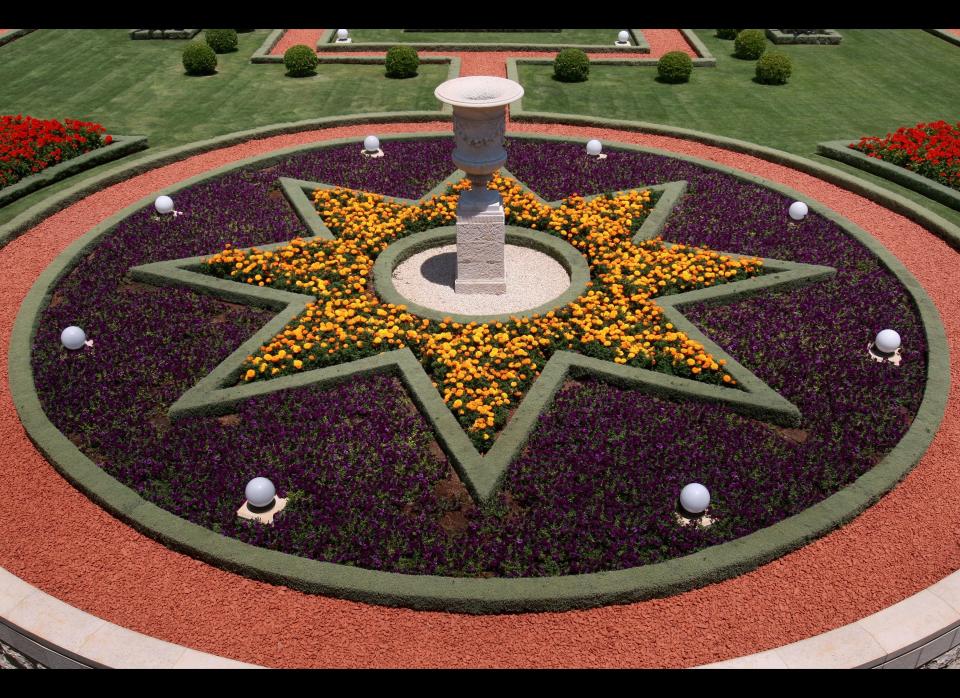
Jan 20 - Timket (Ethiopian Orthodox Christian)
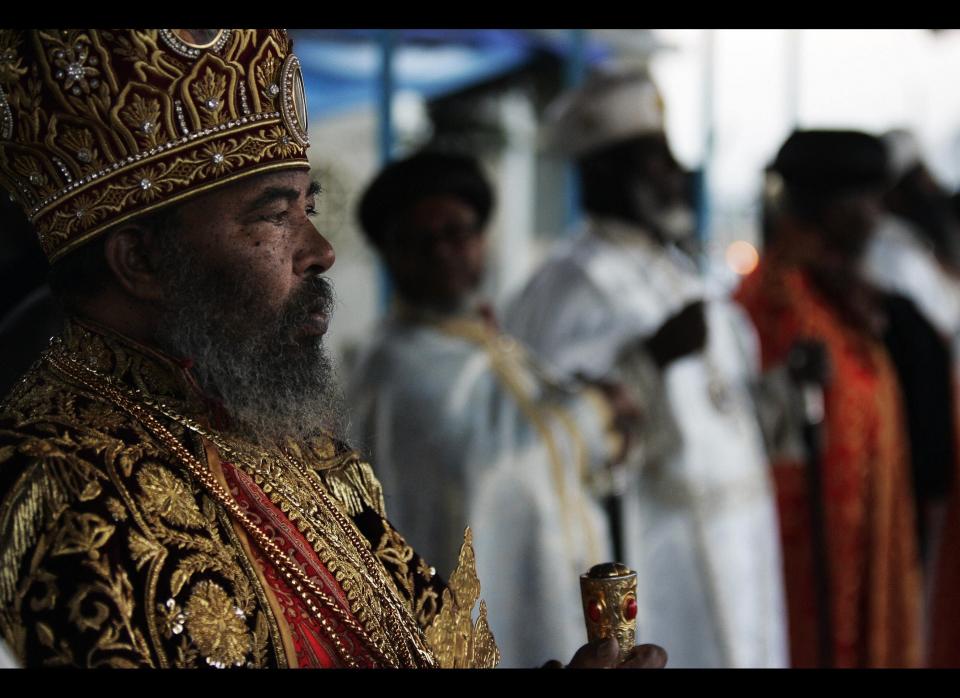
Jan 24 - Mahayana New Year (Buddhist)
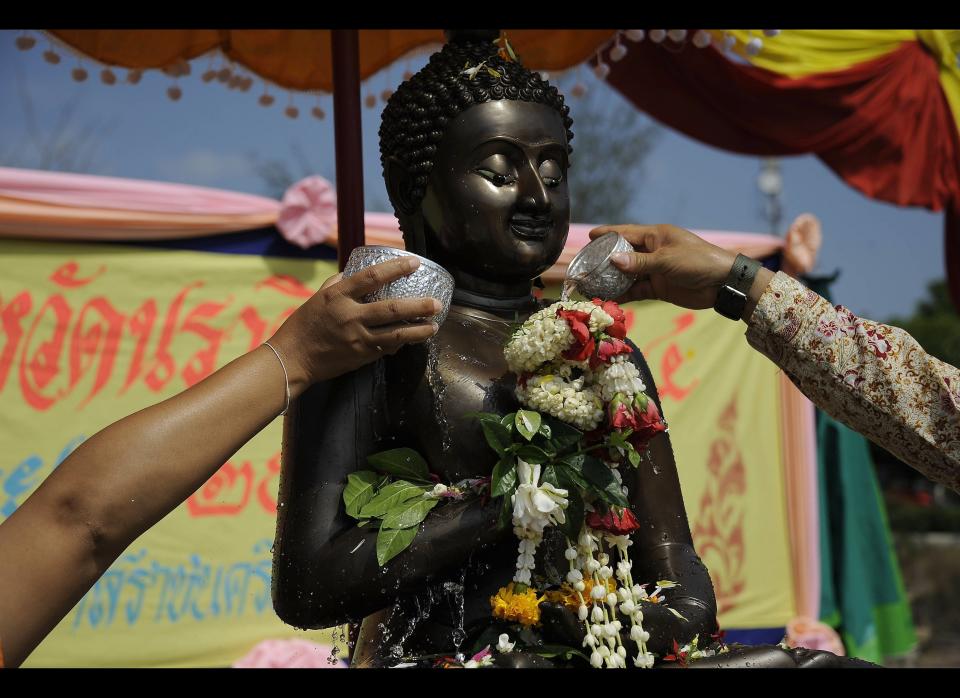
Jan 25 - Conversion of St. Paul (Christian)
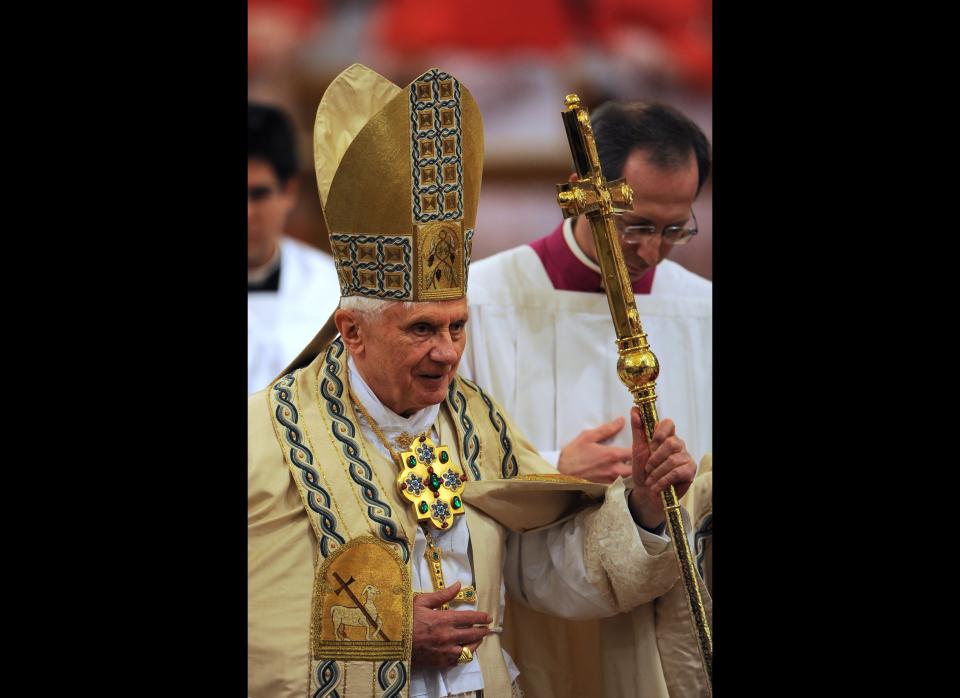
Jan 25 - Tu B'Shevat (Jewish)
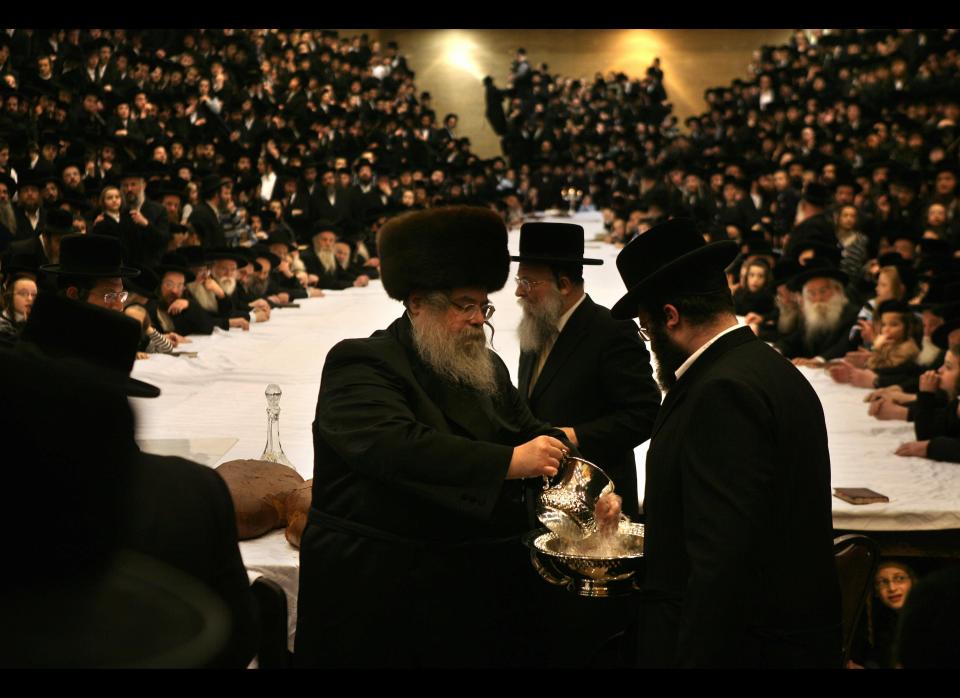
Feb 2 - Imbolc (Pagan)
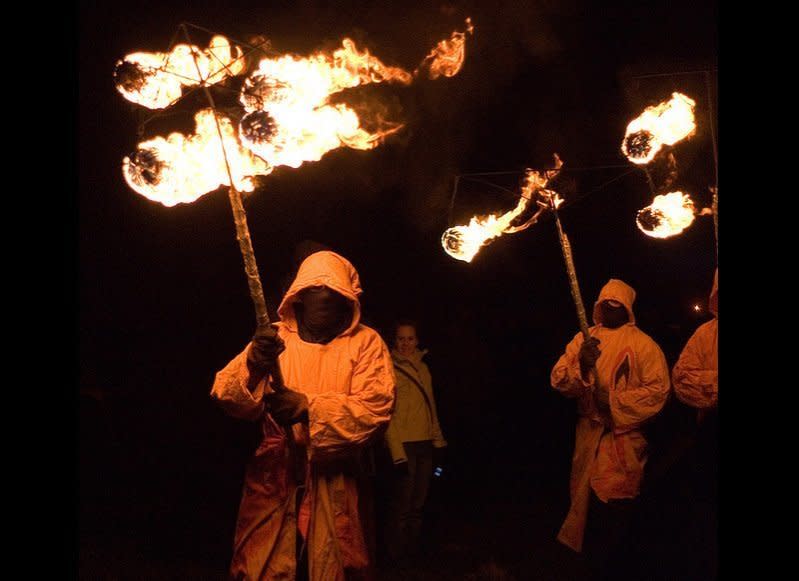
Feb 3 - Setsubun (Shinto)
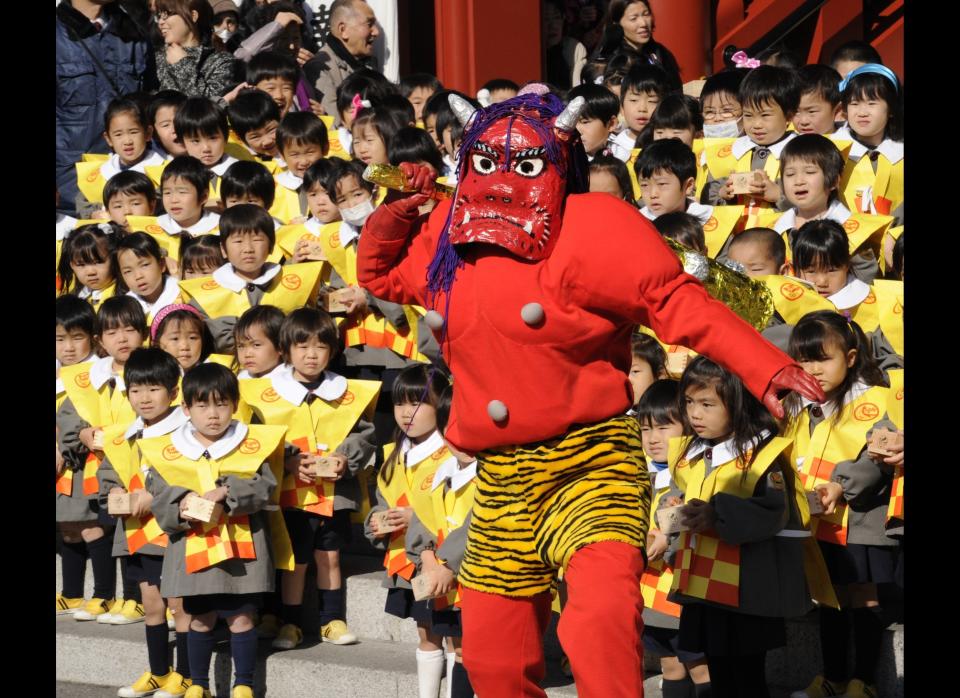
Feb 15 - Nirvana Day (Buddhist)
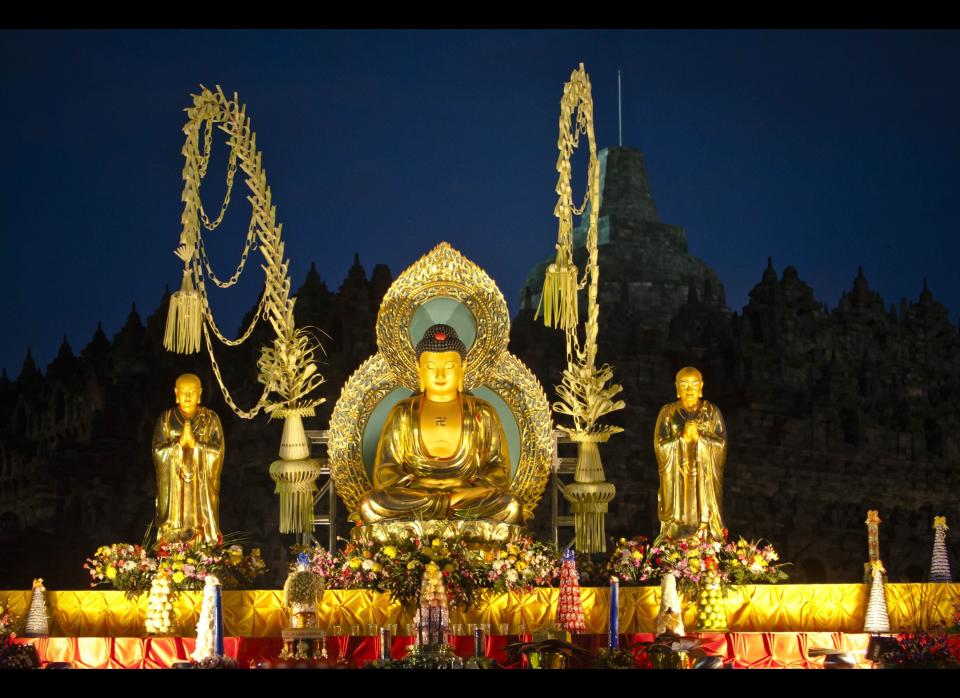
Feb 11 - Feast Day of Our Lady of Lourdes (Catholic)

Feb 12 - Vasant Panchami (Sikh)
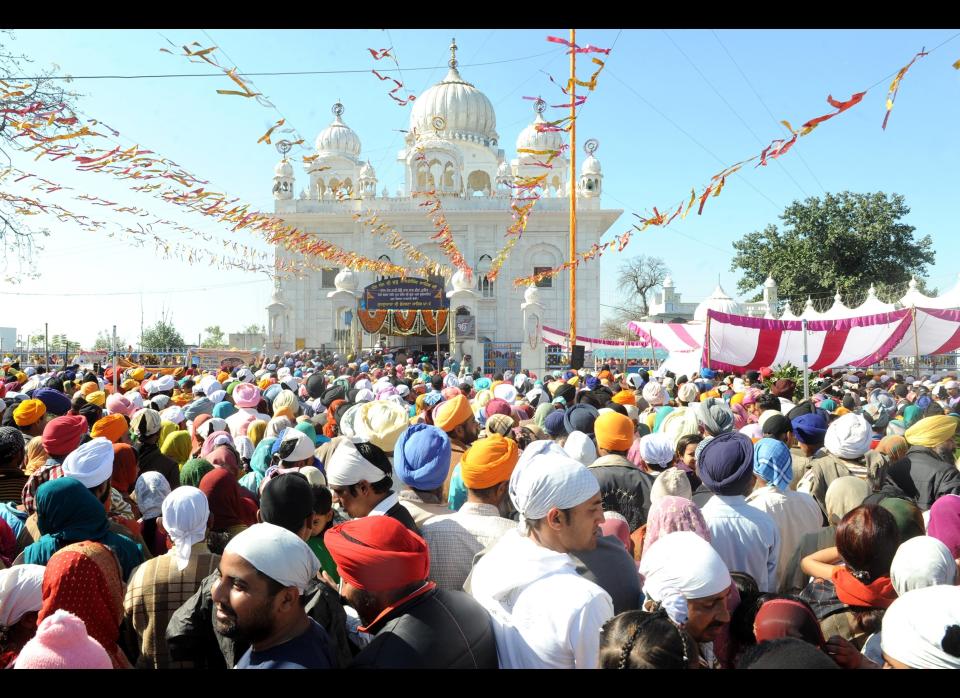
Mar 1-19: Nineteen-Day Fast (Baha'i)
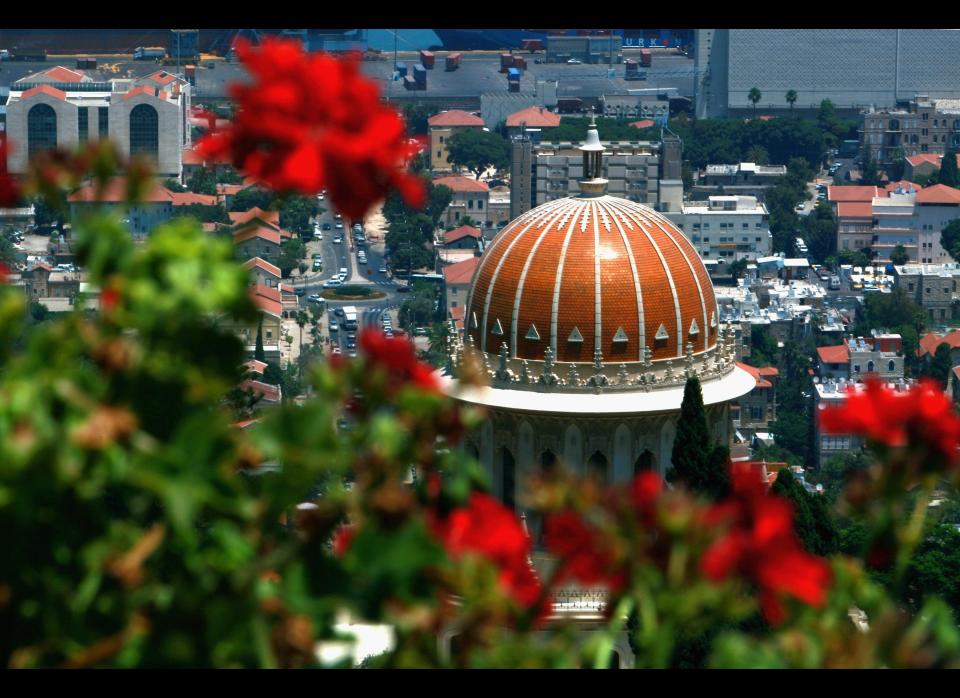
Mar 7 - Shivratri (Hindu)
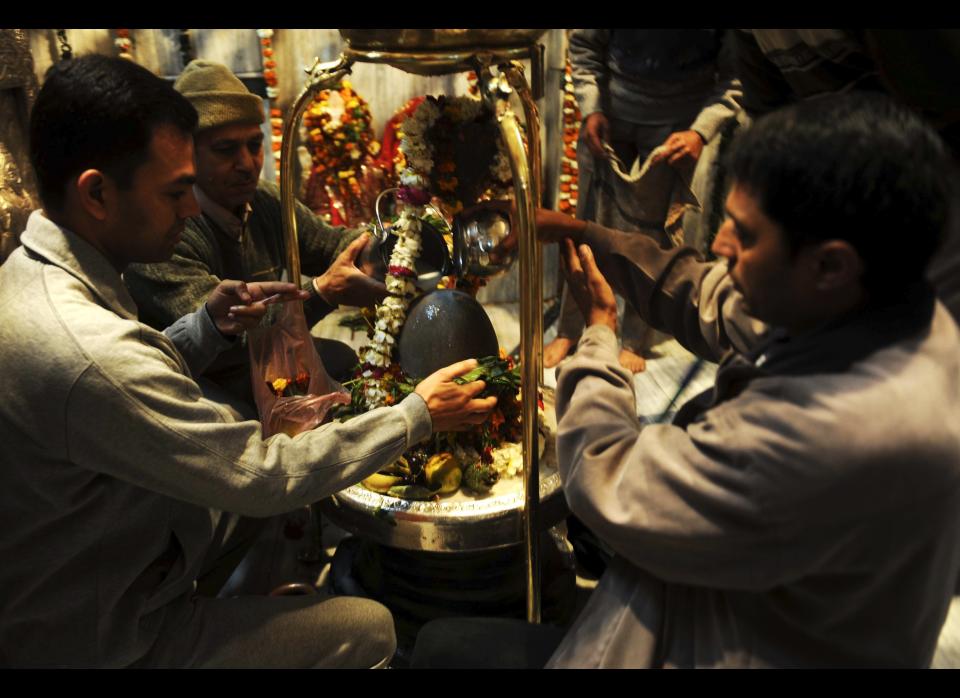
Mar 17 - St. Patrick's Day (Catholic, Orthodox, Lutheran)
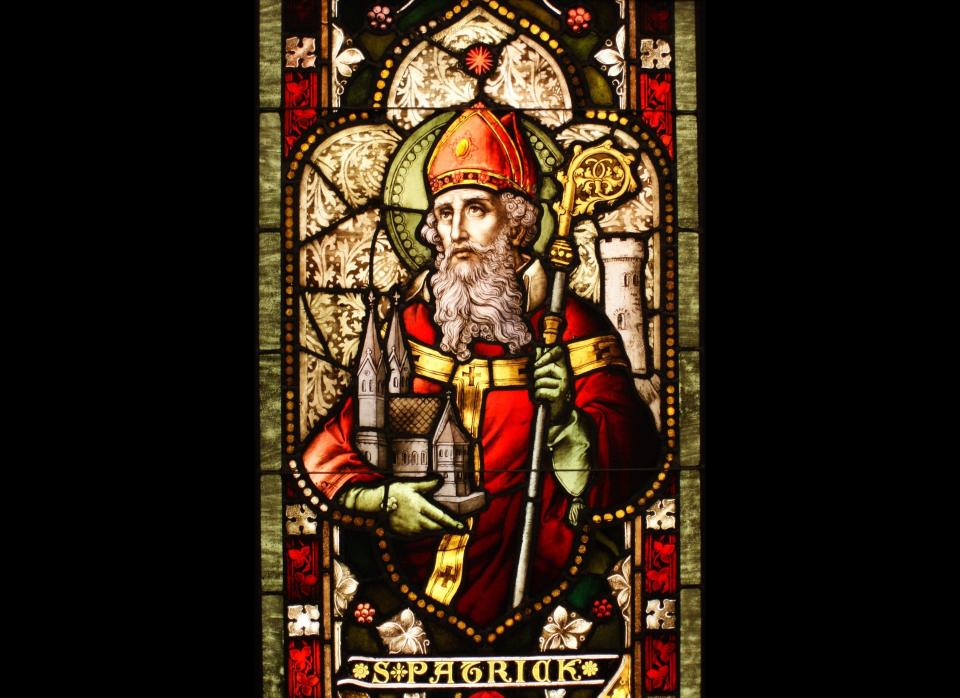
Mar 14 - Clean Monday (Christian Orthodox)
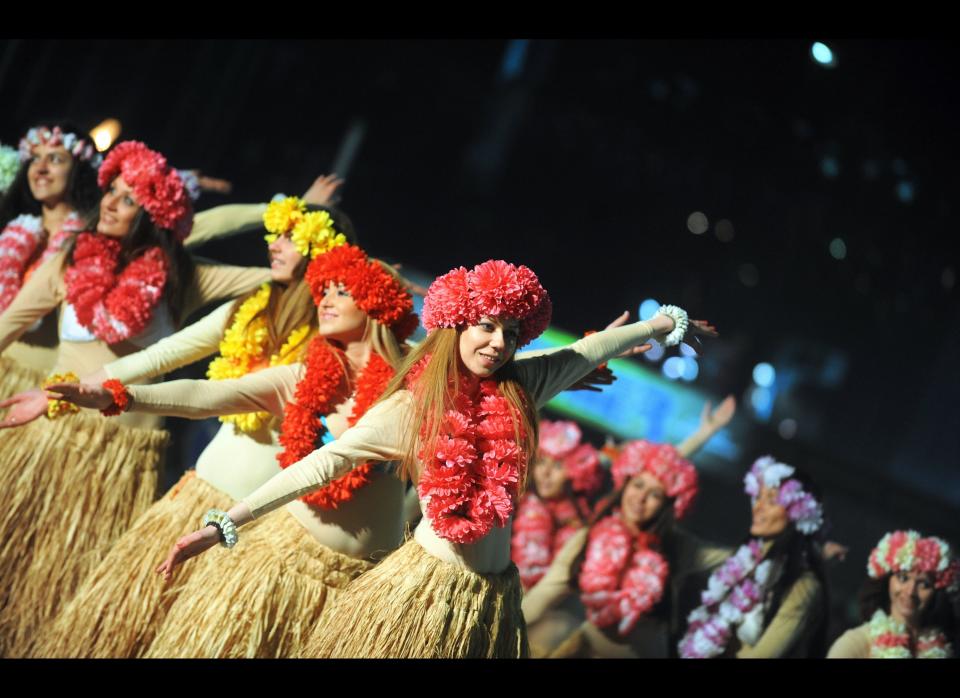
Mar 20 - Palm Sunday (Christian)
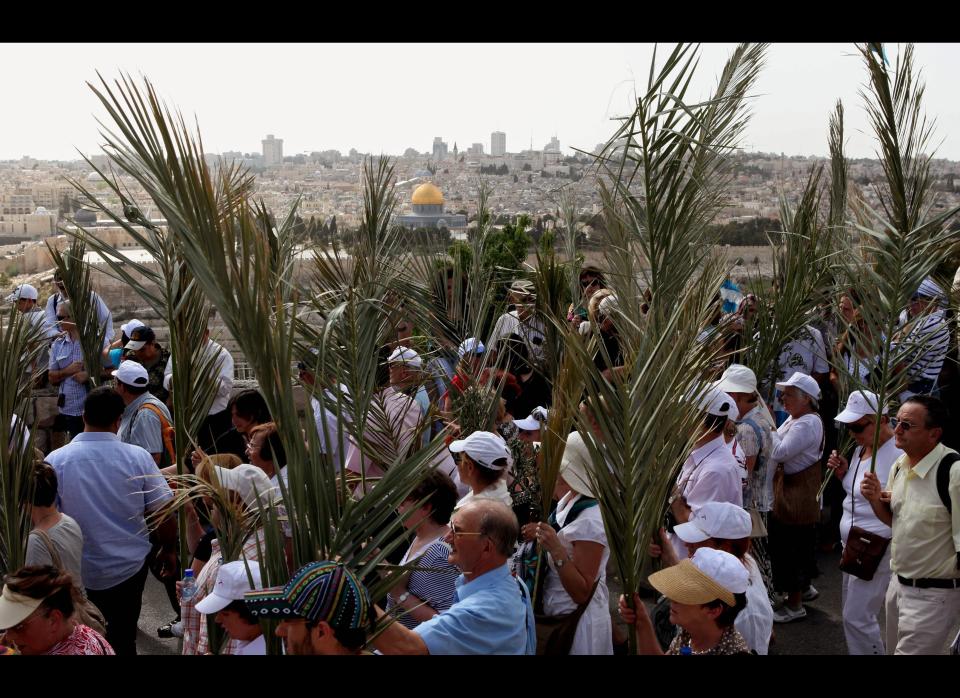
Mar 23 - Holi (Hindu)
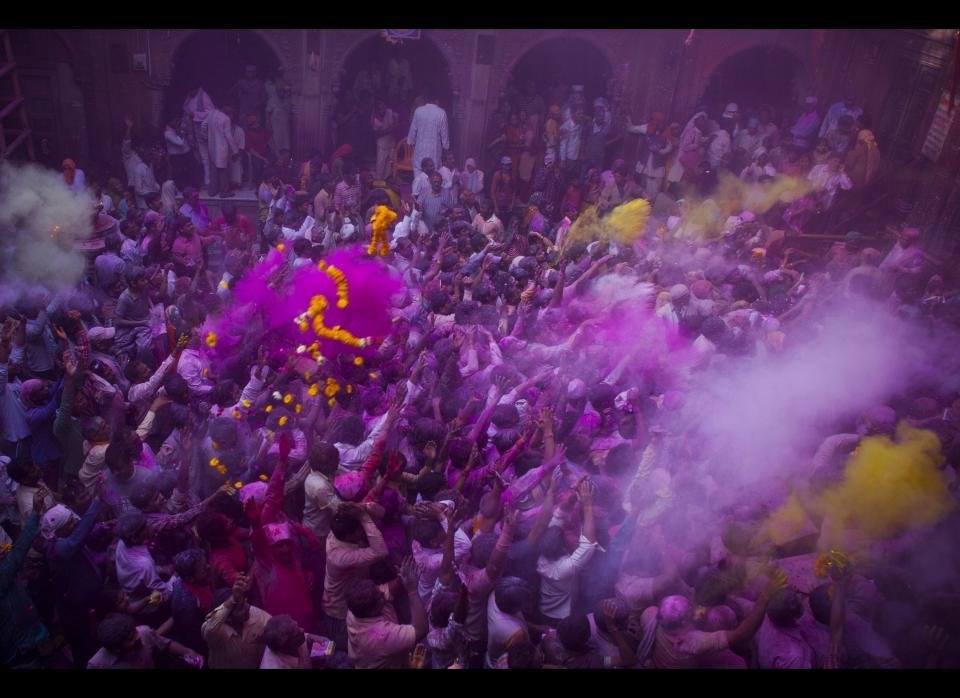
Mar 24 - Purim (Judaism)
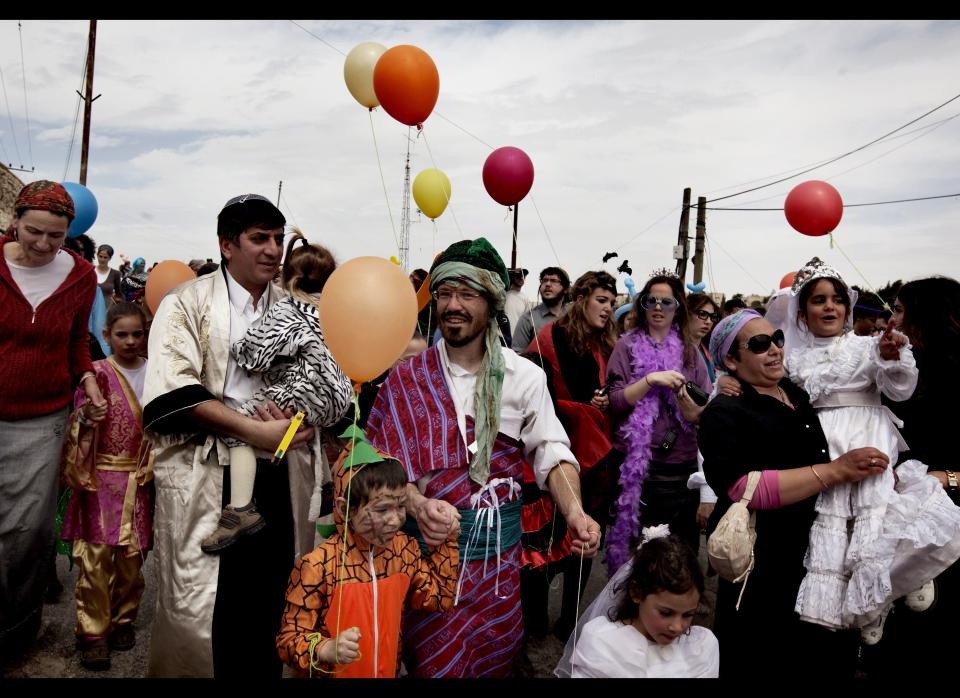
Mar 24 - Hola Mohalla (Sikh)
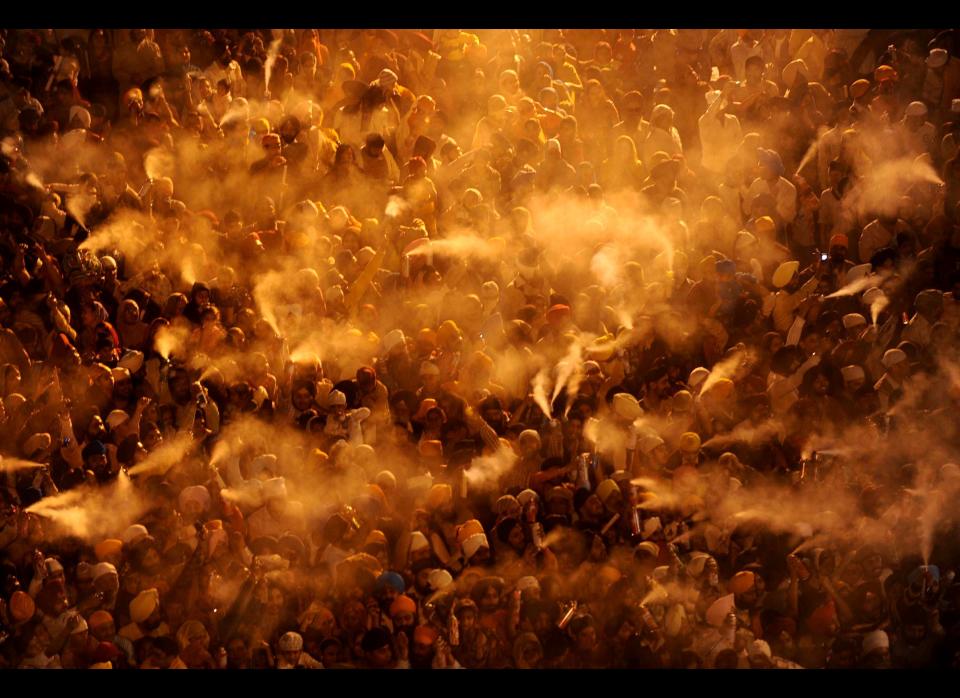
Mar 24 - Maundy Thursday (Christian)
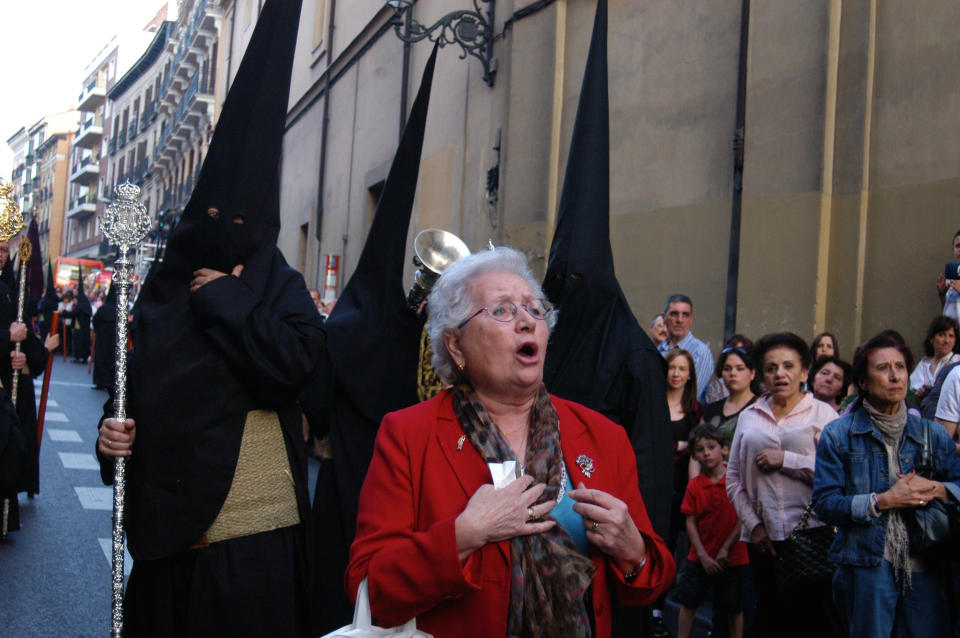
Mar 25 - Good Friday (Christian)
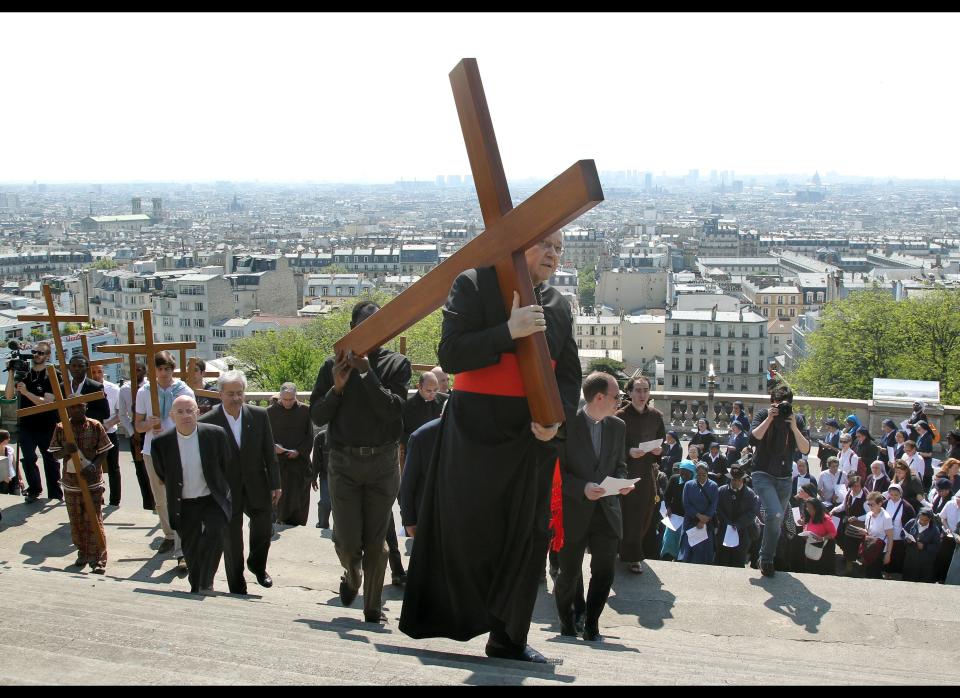
Mar 26 - Holy Saturday (Christian)
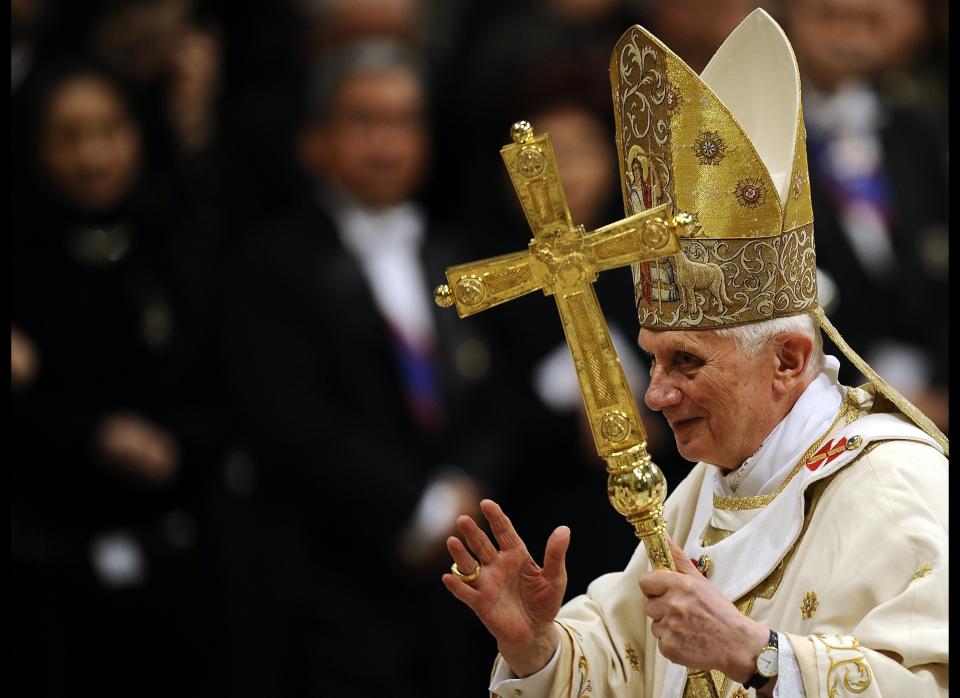
Mar 27 - Easter
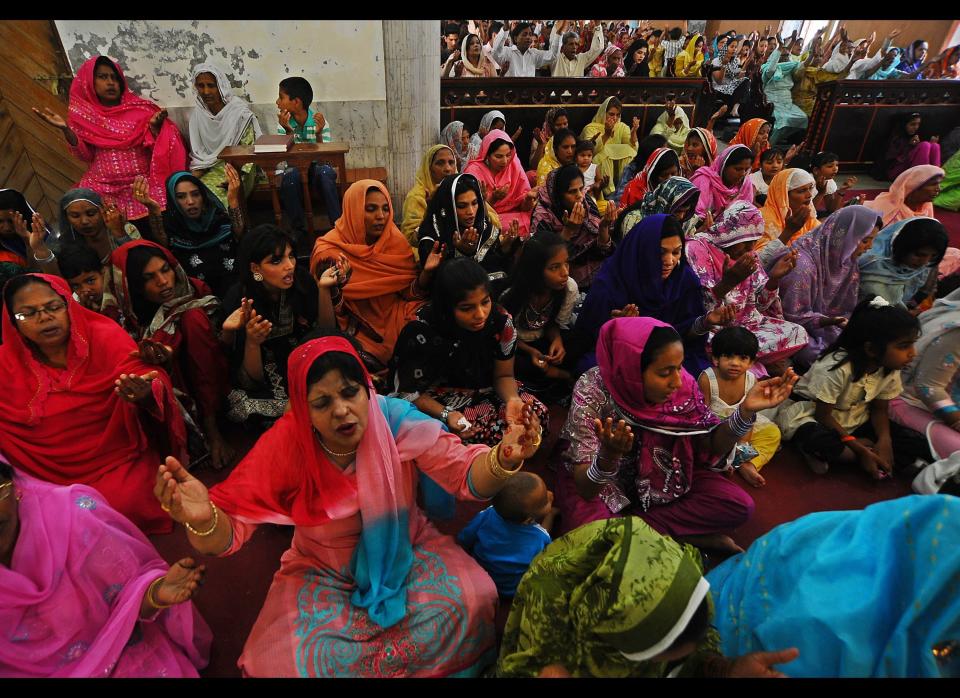
Apr 14 - Vaisakhi (Sikh)
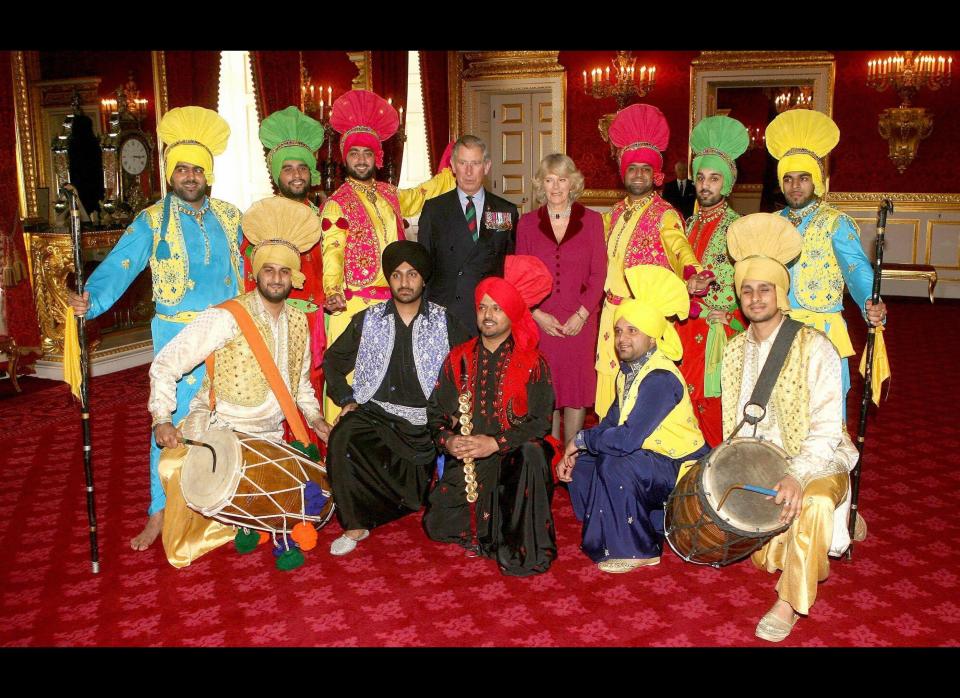
Apr 15 - Rama Navami (Hindu)
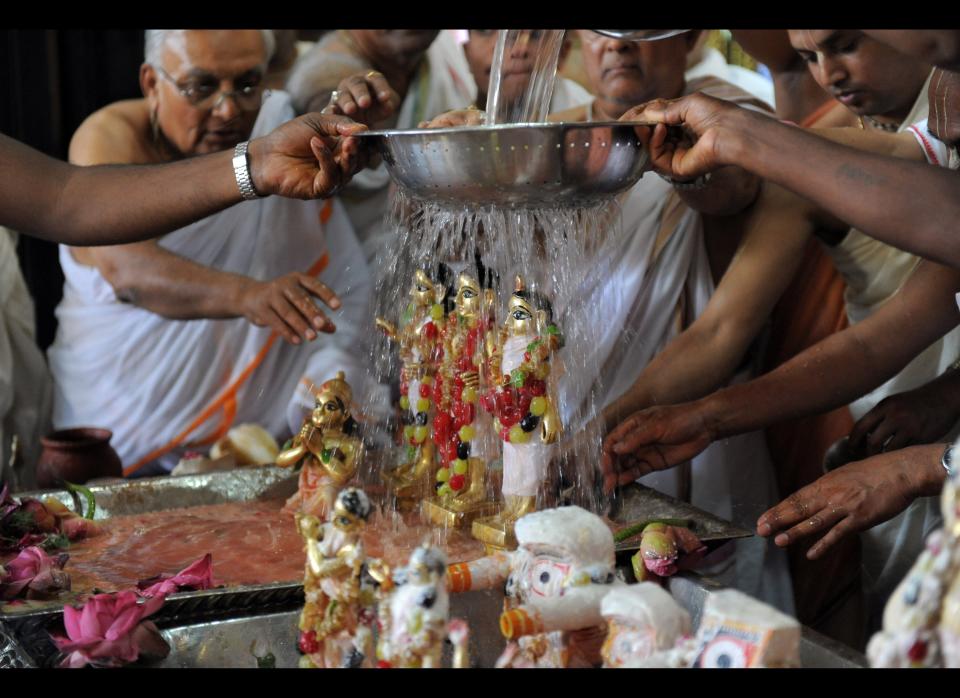
Apr 20 - Mahavir Jayanti (Jain)
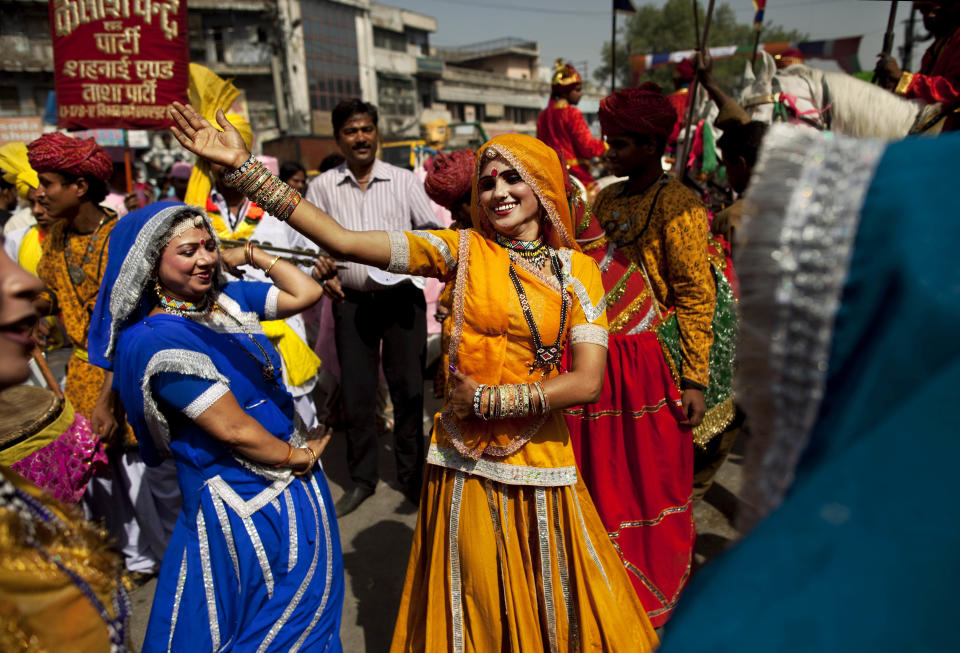
Apr 22 - Theravada New Year (Buddhist)
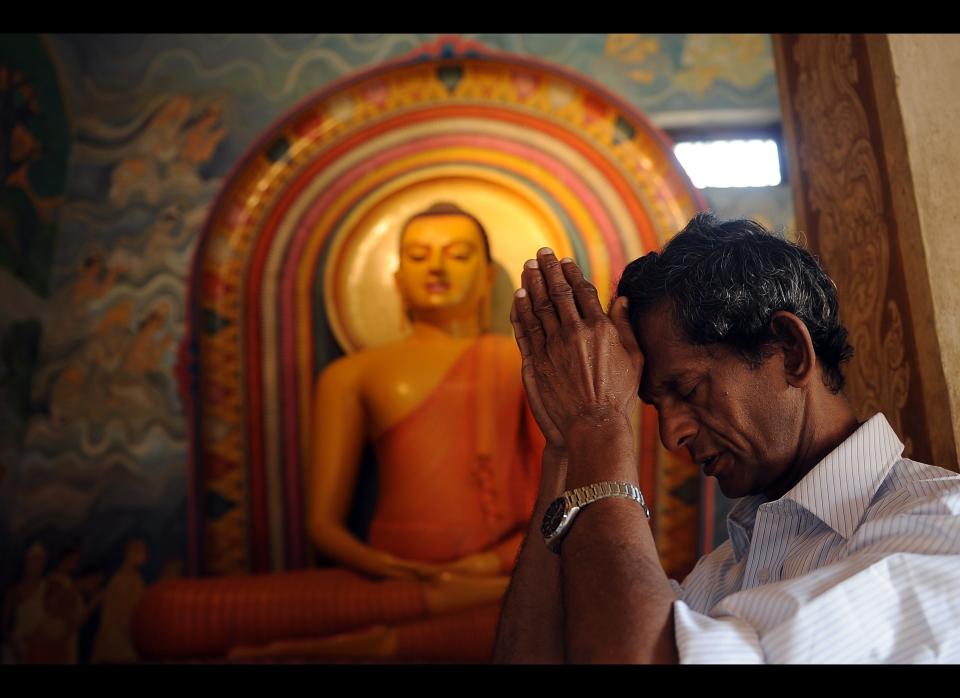
May 1 - Beltane (Pagan)
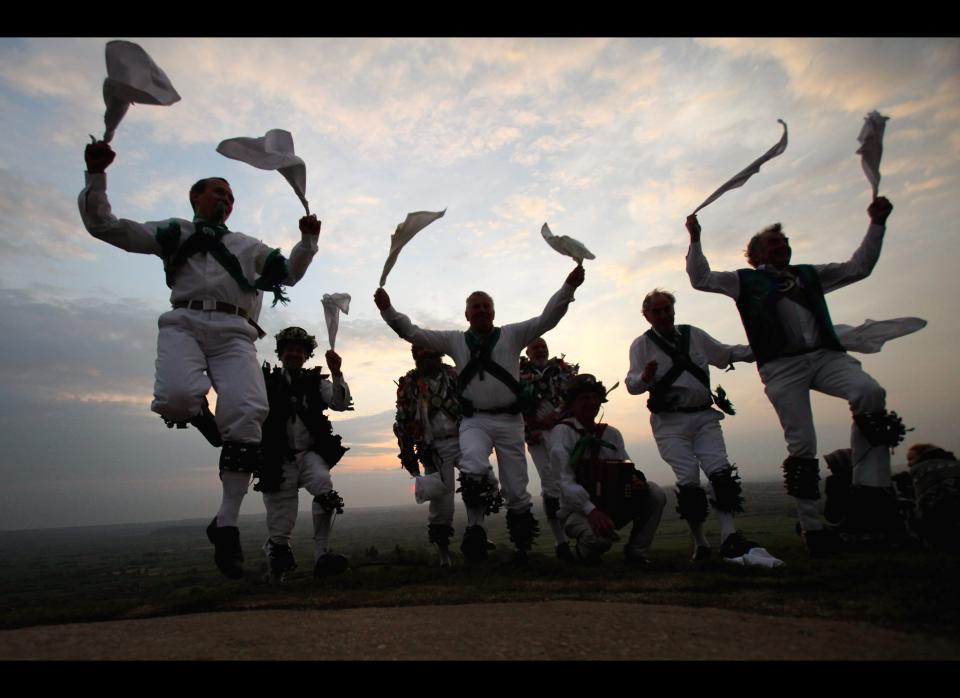
This article originally appeared on HuffPost.

